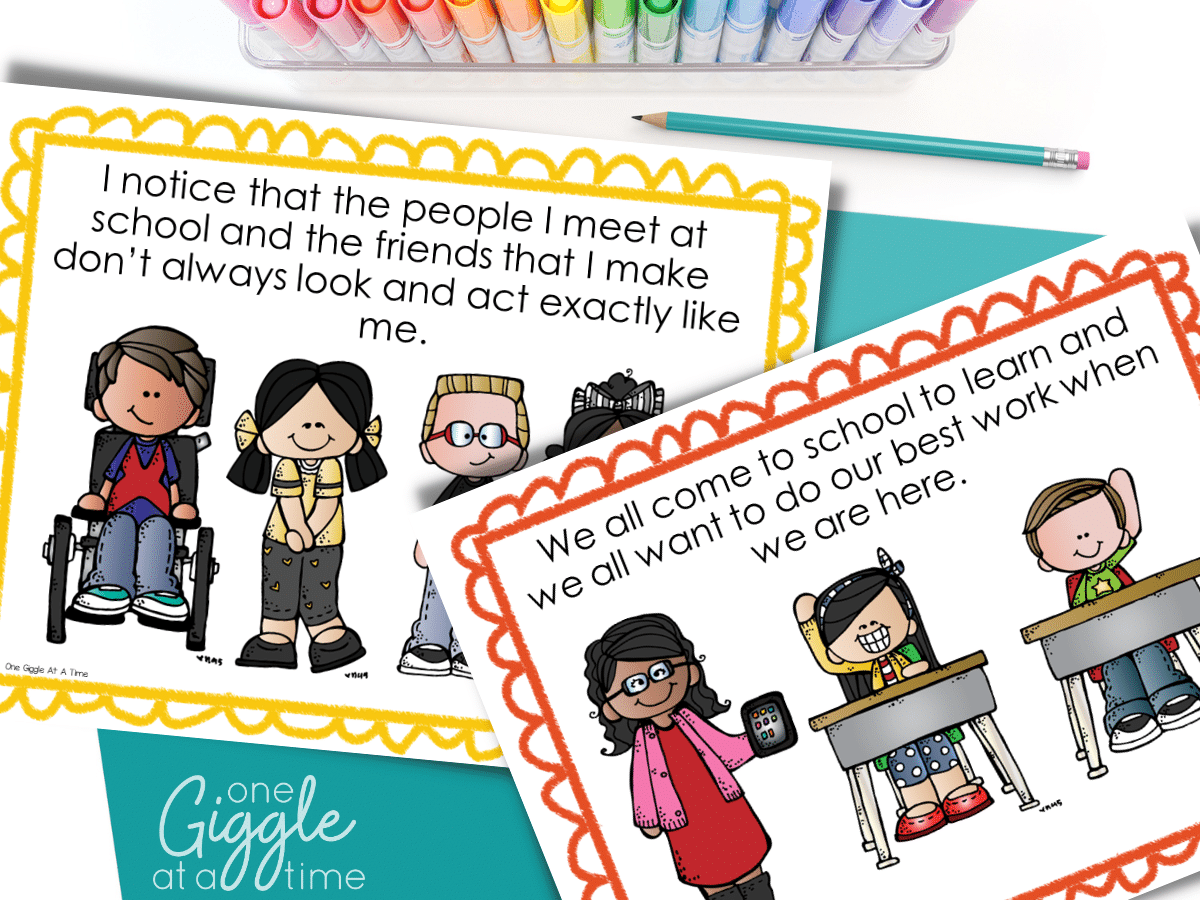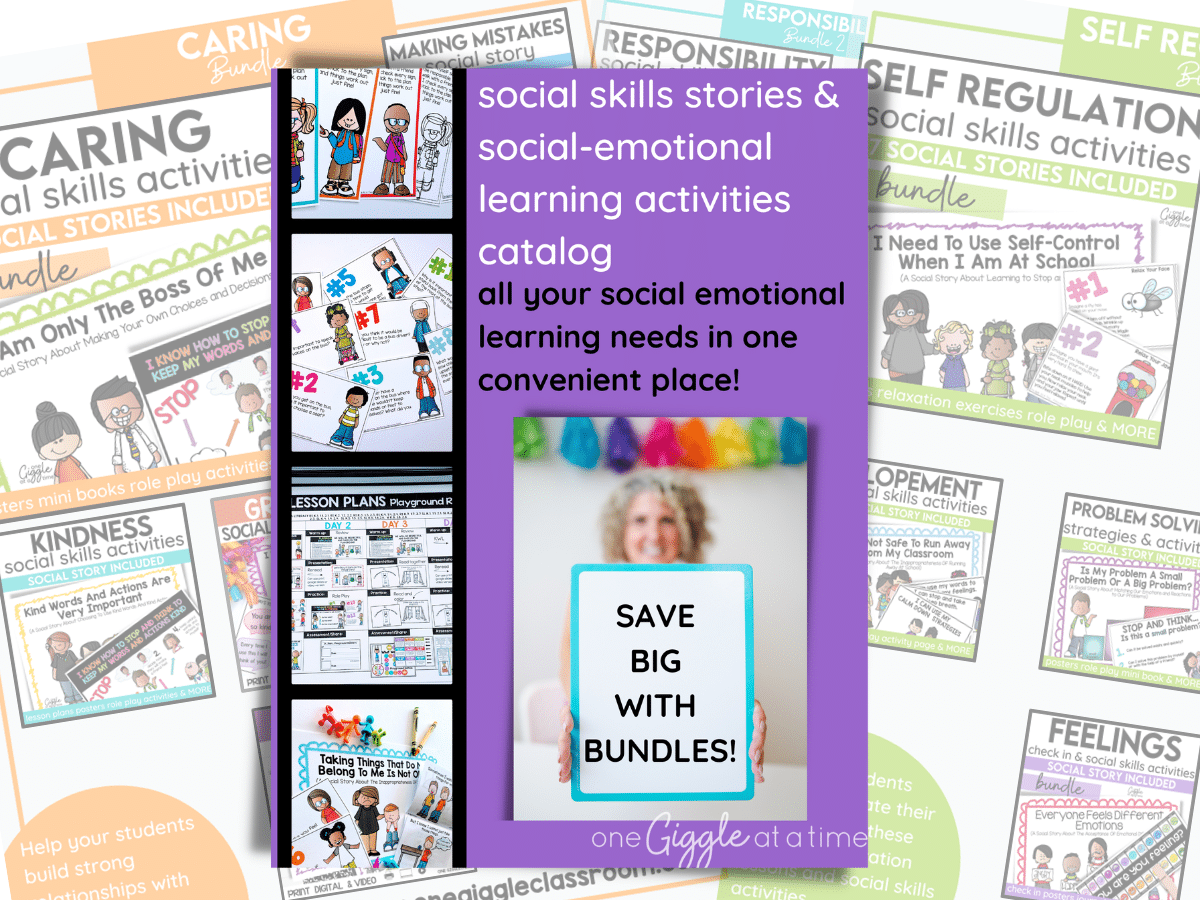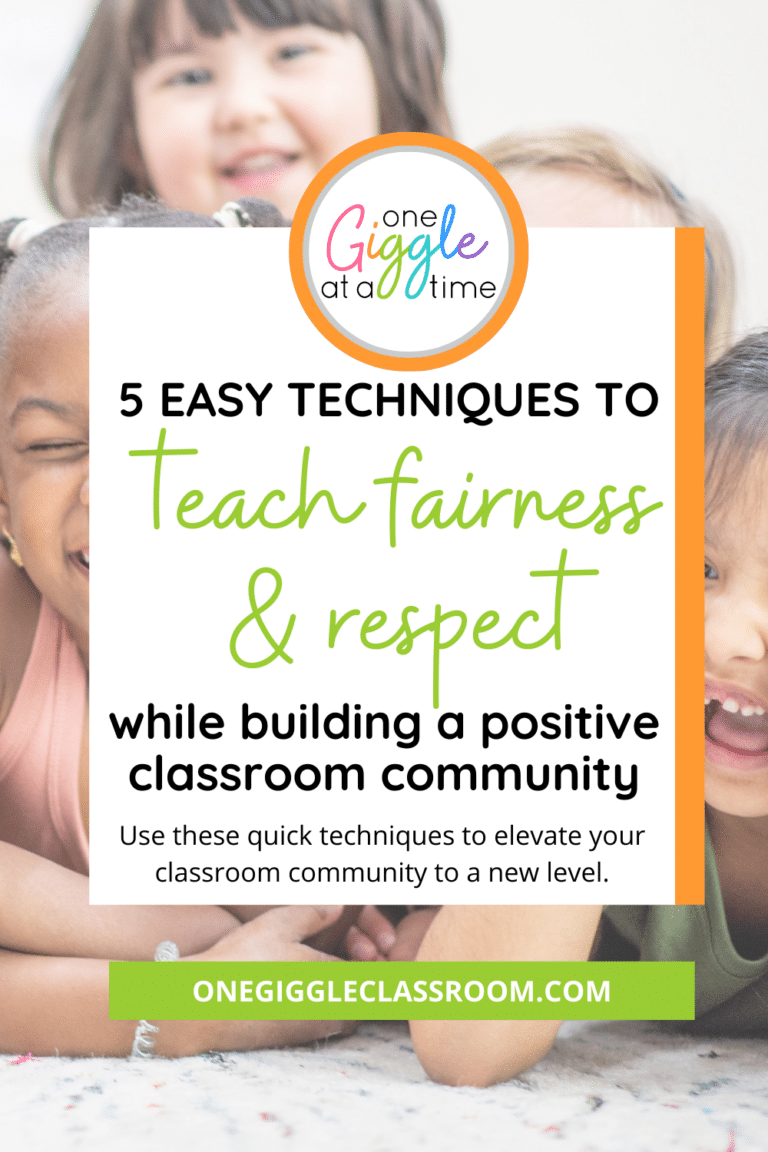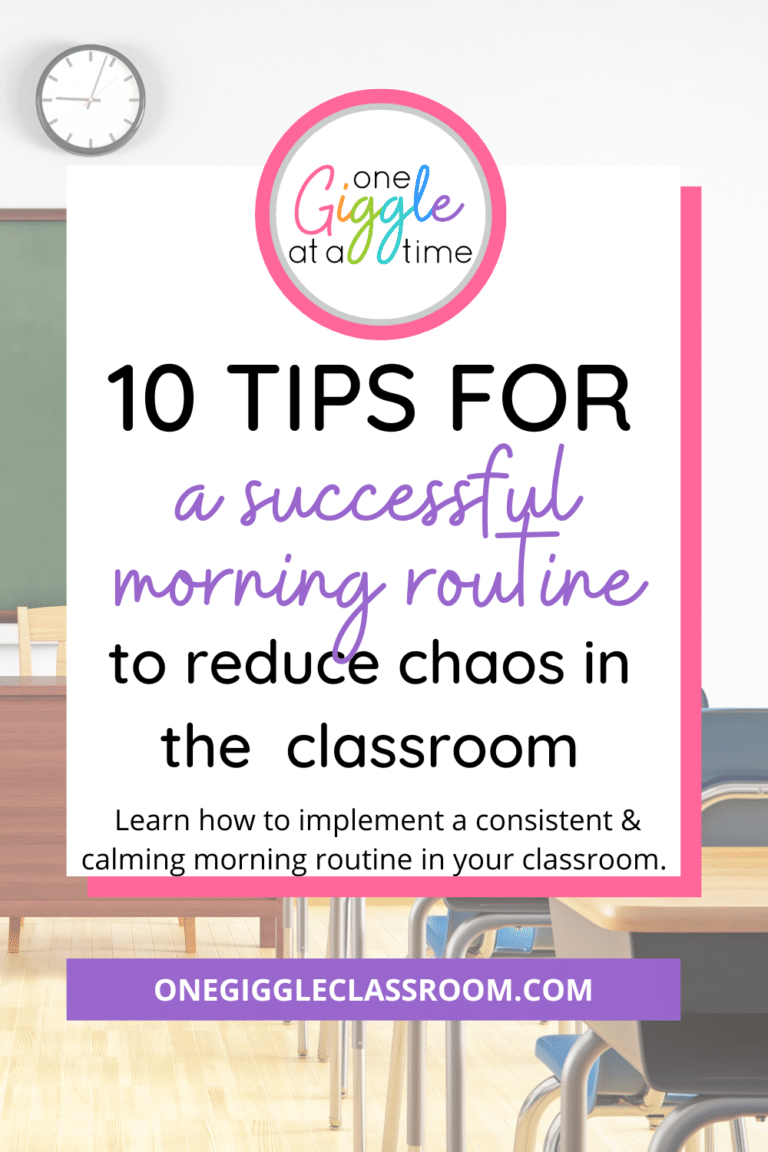
How Social Skills Stories Build the Positive Classroom Climate You Are Craving
Share This:
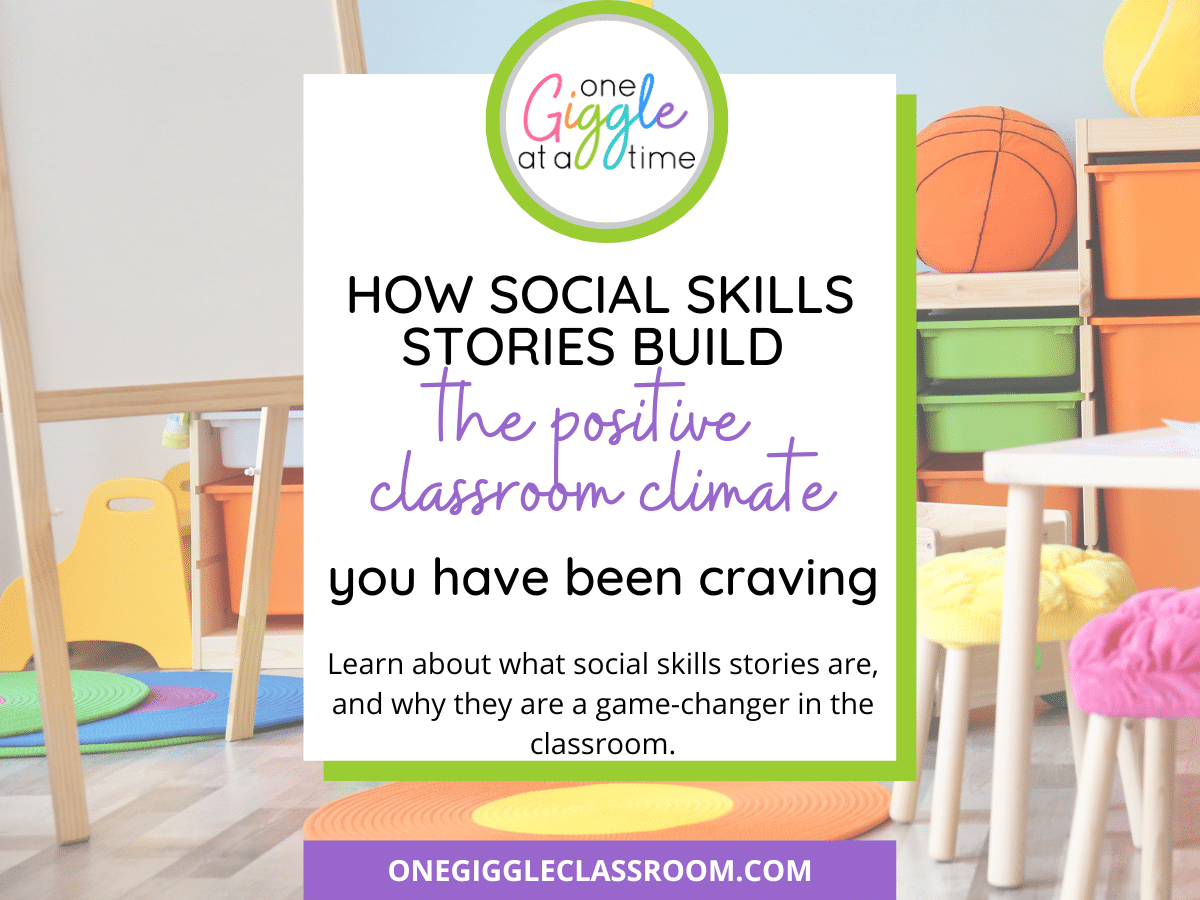
You’re longing for a positive classroom climate, but no matter what you try, it doesn’t seem to help. Lean in to find out the secret sauce you’re missing… it’s SOCIAL SKILLS STORIES!
Keep reading to find out everything you need to know about what social skills stories are and why they are such a game-changer in the classroom.
WHAT IS A SOCIAL SKILLS STORY?
A social skills story is an individualized short story that describes and explains appropriate behavior and gives examples of appropriate responses.
It is written specifically for a particular child or group of children.
It is the MOST individualized technique that can be used to help make a certain skill, concept, or situation MEANINGFUL and UNDERSTANDABLE to that child.
WHO ARE SOCIAL SKILLS STORIES USED FOR?
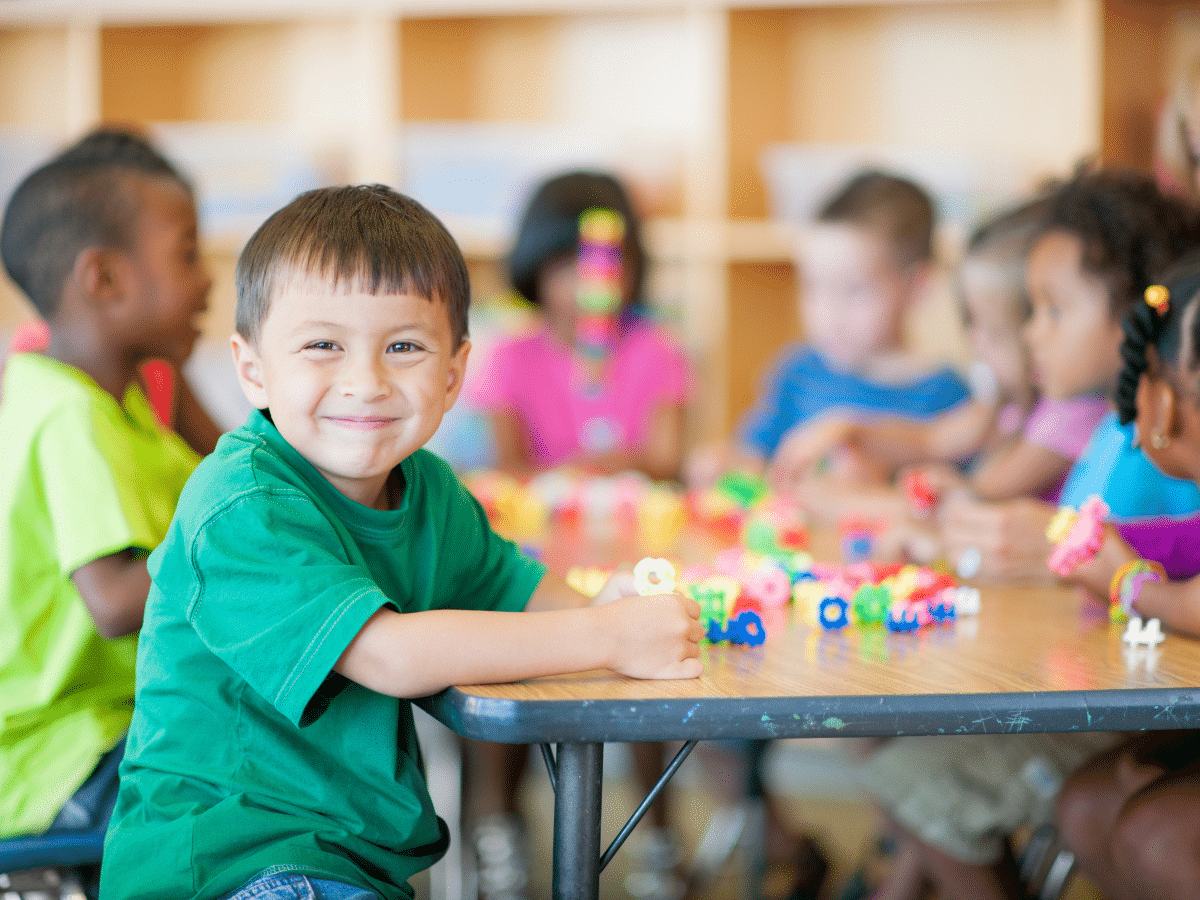
Social skills stories historically have been used in special education programs to teach students routines, expectations, behavioral standards, and necessary tasks that can sometimes be perceived as daunting or frightening.
The National Standards Project has classified story-based interventions, like social skills stories, as an established procedure for increasing social skills and decreasing problem behaviors in students with autism, ADHD/ADD, behavioral disorders, anxiety disorders, sensory issues, developmental delays, and lack of social skills.
Social skills stories are used to teach children about the social behavior that is expected in specific settings like the supermarket, doctor’s surgery, playground, and so on.
A social skills story can be created for almost any social situation!
WHY ARE SOCIAL SKILLS STORIES IMPORTANT TOOLS TO USE IN THE REGULAR CLASSROOM?
Social skills stories are important tools to use in the regular classroom because education today is a place of inclusion, so regular classrooms are full of students who may be deficient in social skills, concepts, or reasoning for various reasons such as:
- anxiety disorders
- developmental delays
- Autism
- social issues
- behavioral disorders
- ADHD/ADD.
Not to mention, many young students today are lacking in experiencing actual social interactions before attending school. This puts them at a deficit once they enter the classroom.
Social skills stories provide instruction on positive, appropriate social behaviors, special events, interpersonal issues, and conflict-resolution skills. They also help students understand new perspectives, all in a non-threatening, positive way!
WHY DO SOCIAL SKILLS STORIES WORK?
Social skills stories have the power to positively impact students! It’s a proven fact from personal years of research on the subject and using them over and over again in my own first grade classroom.

Social skils stories are like magic! Students become hooked, and they want to hear more…and more…and more.
This happens because:
- The information is presented in story form! Instead of lecturing students about an issue that has arisen in the classroom, you are telling them a story about it. Instant mood change.
- Social skills stories provide visual examples of behavior expectations. Students relate immediately to the visuals because they are seeing their life situations play out in that book. They have fabulous connections to share about their life situations and what they are seeing transpiring in those stories.
- Social skills stories are personal. They are a tailored intervention that matches the skill, concept, or situation that is meaningful and relevant to those students, in real-time.
- Social skills stories involve the students directly in the learning process because they are written in first-person language.
WHEN SHOULD YOU USE SOCIAL SKILLS STORIES IN THE CLASSROOM?
A social skills story can be created for almost any social situation.
What classroom expectations do you repeatedly need to review with your students? What conflict seems to arise over and over again among your students? What new situations will be presenting themselves that you think your students may not be equipped to handle on their own?
Some very common reasons to use social skills stories include:
- when a student or students fail to grasp social norms, routines, or expectations
- when a student or students are often unprepared or have difficulty following through with academic routines
- when a student or students need reinforcement of class rules, routines, and procedures
- when a student or students are struggling with understanding how others might behave or respond in situations, and therefore how they might be expected to behave
- when a student or students are having trouble coping with changes to the routine and unexpected or distressing events that have arisen
- when you want to help other students understand the perspective of
- another person and why they may respond or behave in a particular way
HOW SHOULD YOU USE SOCIAL SKILLS STORIES IN YOUR CLASSROOM?
Depending on who the social skills story is written for will dictate how you use the social skills story in your classroom.
For the Entire Class
Example social situation: walking quietly in the hallways
When addressing a social issue like this to the entire class, read the story to the class as a whole class interactive read-aloud. Stop often to ask thought-provoking questions to the students and leave time for rich discussion.

Incorporate repeated readings into your schedule. Repetition is key when focusing on social and emotional behaviors.
Print out individual pages of the story if there are particular points from the story that you want to emphasize. You can display these pages somewhere to use as focus cards for students as an extra reminder of the behavior you are working toward.
For an Individual Student
Example social situation: taking turns
If the story is written with a particular student in mind, read it privately with the child. Do so repeatedly.
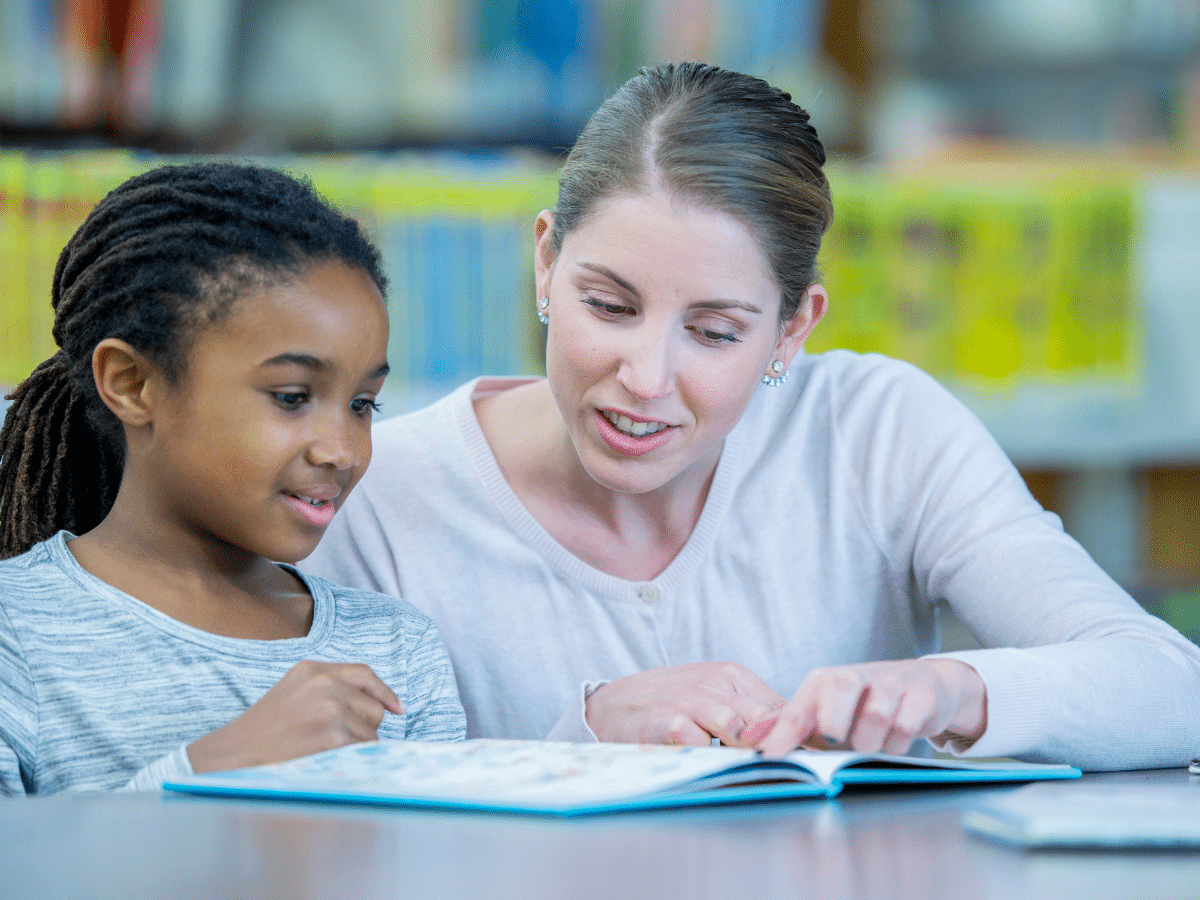
Providing him or her an individual copy of the story that can be reread and reviewed independently as needed.
For both individual use and whole class use, you can record your voice reading the story so that the children can have the benefit of listening to repeated readings of the story even if they cannot read it independently yet, or an adult is not available to do the reading.
HOW CAN YOU WRITE YOUR OWN SOCIAL SKILLS STORIES?
Decide What Kinds Of Topics To Tackle In Your Social Skills Story
Consider questions such as these when selecting appropriate topics:
- What is your student or students struggling with?
- What situation is causing constant arguments and distress in your classroom?
- What new situation is coming up in your school community, classroom community, or in the world in general, that you think your students may need extra support to understand or handle?
Vary Your Sentence Types
When writing social skills stories, you want to use a combination of descriptive and directive sentences.
The directive sentences will serve the purpose of “coaching” the child on what should be done to make the situation better.
The descriptive sentences will serve the purpose of explaining the situation, the perspective of the child (how the child is feeling during this situation), and affirmation of why trying these directives will be a positive thing to do.
Try to maintain a ratio of two descriptive sentences for every directive sentence. This will make your story more approachable and understandable from a child’s point of view.
Prepare The Story
Include the student or students in the process of writing!
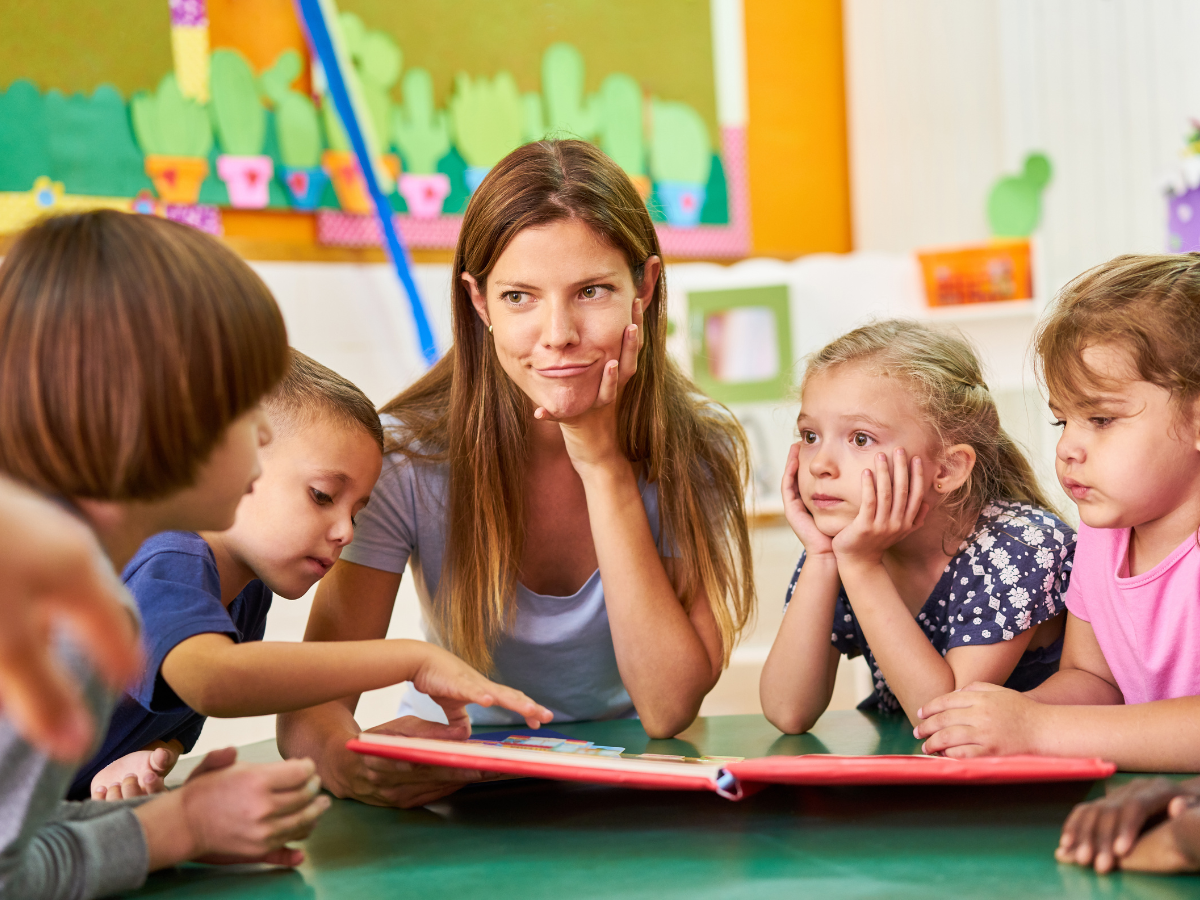
This will allow students to better be able to take ownership of the story and ensure a greater buy-in.
Ask open-ended questions to help ensure you are covering all the bases:
- What is the problem we are having?
- When do we have this problem?
- Why do we have this problem?
- How can we solve this problem?
Add Pictures
Select pictures that clearly represent the meaning of the story.
Using real pictures is an excellent way to help students visualize the meaning of your message.
Create Copies
If you plan on using the story for the whole class or a large group, you want to make sure that the copy you make is large enough for everyone to see.
Keep that copy in the class library for the students to refer back to. You will be surprised how often students want to revisit these special social skills stories!
If you are using the story for an individual student, make multiple copies so that they can have their own copy at school to refer back to, as well as a copy to take home and use for rereadings and review.
Introduce And Read The Story
Don’t forget to set aside plenty of time to read the story to the student or students. While reading, have rich discussions about the book.
Read through the story several times and have the student or students read along if possible.
When you are discussing the story, allow students the time for making personal connections, asking questions, and commenting on story events.
WANT TO START USING SOCIAL SKILLS STORIES RIGHT AWAY?
Do social skills stories sound like they are right for you and your students, but you just do not have the time or energy to write your own right now?
Check out the over 80 different social skills stories in my TPT store already written for you!
Just print, laminate, and share with your students!
Or…use the Google Slides version and have your students read independently.
Or…project the story on the Smartboard for whole class discussion.
Or…use the YouTube version and have the students listen and follow along as I read the story to them!
So many easy options for you to choose from, and so much information to be shared with your students in a way that is meaningful to them!
Social skills stories are POWERFUL tools to help create a positive classroom environment, and they don’t have to be complicated!
Let me know if you have any questions about anything you see here. Don’t forget to pin this post to refer to it later!

You might also be interested in reading:
Successful Tips on How to Improve Student Behavior at Assemblies
7 Successful Strategies for Teaching Respect of Personal Space to Kids
MAKE MORNING ROUTINES IN YOUR CLASSROOM FUN AND ENGAGING WITH THESE
Free Morning Meeting Songs & Greetings
The perfect way to get students energized and ready to go in the mornings!
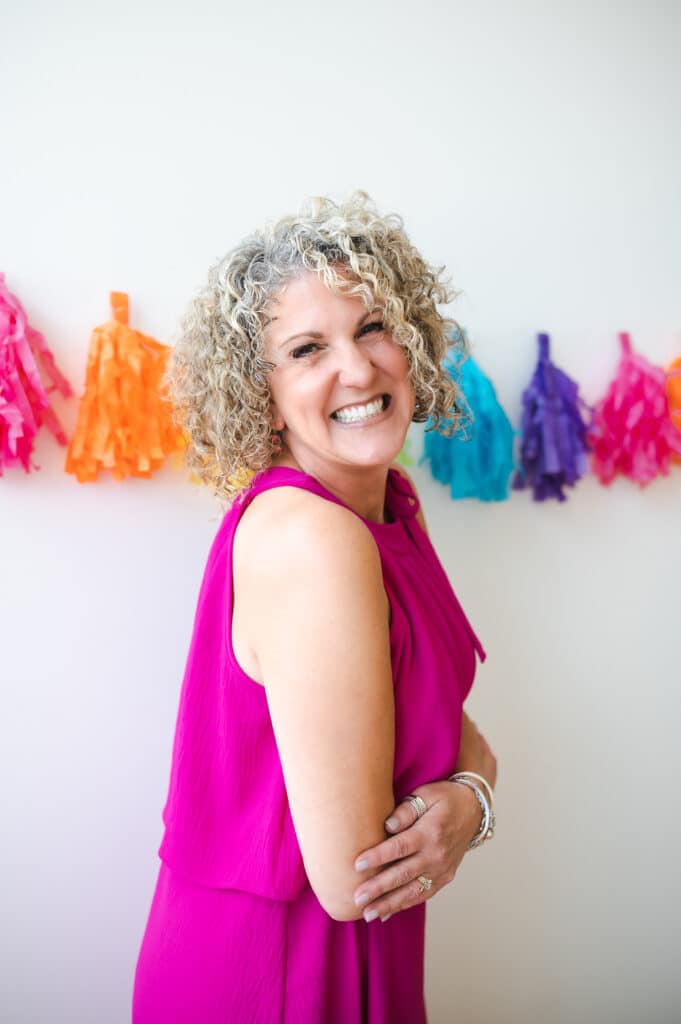

Diane Romo
Thank you for being here! I love sharing ideas with other teachers! If you are looking to enhance your teaching and build a positive classroom community, you have come to the right place!








